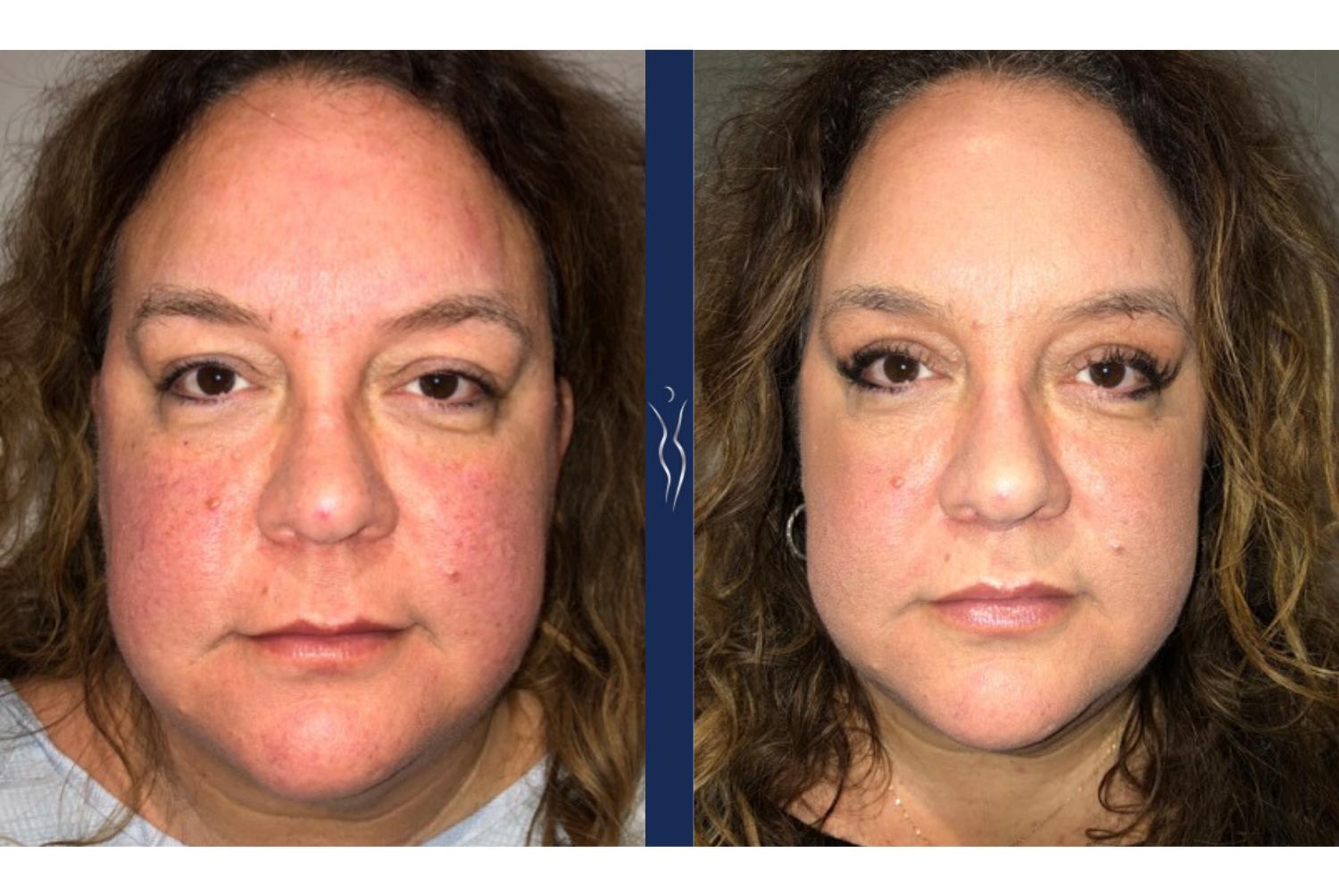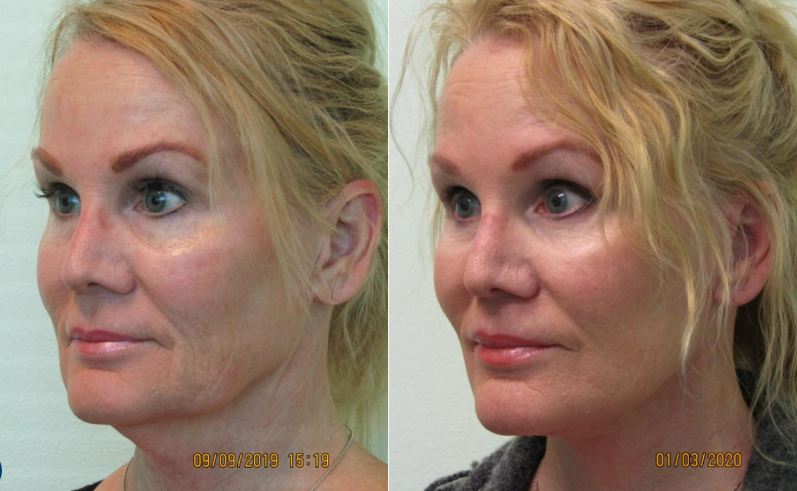
The after-effects from anaesthesia are the first step in breast implant recovery. These include nausea and soreness. After surgery, some women feel unbearable pain. Pain medication can ease the discomfort and speed up recovery time. To aid you in recovery, a breast support wrap is used. The swelling and redness around the breasts can be treated with pain medication. A compression bra should be worn to support the breasts as they heal.
Compression bras
Post-operative bras are necessary for women who will be having breast implants. They should be comfortable, but not too tight. Underwires and padding can cause irritation to the stitches, making scarring more obvious. A compression bra without underwires is a safer option, as it offers support and comfort during recovery. The front closures make it easier to remove compression bras. Here are some tips that will help you select the right compression bra to suit your needs.
A compression bra, a post-operative garment, promotes circulation and decreases swelling around the breast tissue. Compression garments can also be used to promote antimicrobial cell transfer to the area of infection. This is vital for eliminating pathogens. Compression bras help women recover from breast implant surgery by maintaining post-operative changes and minimizing the risk of clot migration. It assists in the elimination of clots following plastic surgery. This can have disastrous consequences.

Implants of under-muscle
Breast implant placement with under-muscle implant is slightly slower than other methods. The implants are first deflated before being placed through a small tunnel. This procedure is significantly less invasive, and it causes less pain. It is normal to experience some swelling and pain during the recovery period. However, it may take as long as four to eight weeks for the swelling to subside.
Most breast implant patients experience some degree of pain after their procedure, but it varies depending on the type of surgical technique and the patient's tolerance for pain. Some women feel little to no pain. Others need painkillers for their discomfort. If the procedure was performed under the muscle, the implant may look too high immediately after surgery. It is normal for implants to look different after surgery. However, it may take several weeks or even months for them to settle into the right position.
Swelling around sutures
A swelling around your incision after breast-implant recovery could indicate that your implants may have been incorrectly placed. This can happen for several reasons. Infections may occur when the wound becomes infected. The dissolvable sutures can break down quicker. You should not lift heavy objects or engage too quickly after your surgery. This problem should be reported to your surgeon immediately.
After breast implant surgery, infection and damaged breast tissue are common causes of pain and swelling. Blood thinners can help prevent these. However, taking them after surgery can aggravate the situation. These blood thinners can reduce swelling and bruising, as well as relieve any pain. Talk to your surgeon to confirm that you do not have any other conditions.

Long-term complications
After breast implant surgery, there are long-term complications. After the procedure, some patients may have to stay over at the hospital because of the swelling. However, the bruises are unlikely to affect the outcome of the operation. A haematoma, which is a condition that increases the chance of capsular contracture, can result in additional nights in hospital. These complications are very rare and rarely last long.
While breast implant manufacturers frequently issue updates on their medical devices, physicians have reported very few problems. While the FDA reports a few instances of adverse outcomes, these reports are considered to be the tip of the iceberg. The number of reported cases of medical device problems is the most significant. Many doctors do not report any issues with medical devices. The risks of BIA-ALCL in textured implants are estimated to be between 1.79 and 2.82 per thousand.